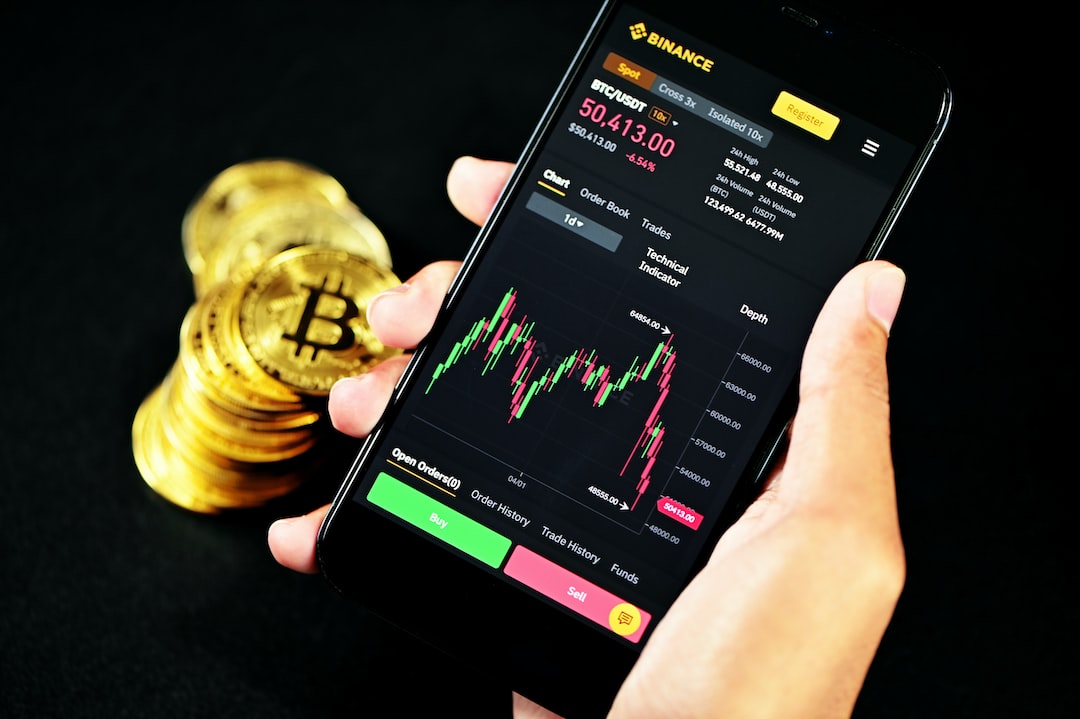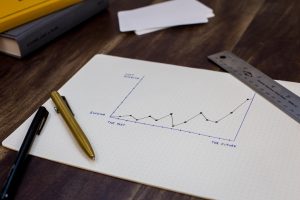Foreign exchange (forex) trading is a complex and dynamic activity, which requires a good understanding of the global financial market and economic trends. One of the crucial components of forex trading is the ability to analyze forex forecasts. Forex forecasts are used to predict the future direction of currency prices, which is essential for making profitable trading decisions. In this article, we will explore the key steps involved in analyzing forex forecasts.
Step 1: Understand the Basics of Forex Trading
Before analyzing forex forecasts, it’s important to have a good understanding of the basics of forex trading. Forex trading involves buying and selling currencies, with the aim of making a profit from the difference in their exchange rates. Currencies are traded in pairs, and the value of each currency is determined by supply and demand factors, such as economic indicators, political events, and market sentiment.
Step 2: Identify the Factors that Affect Forex Prices
The next step in analyzing forex forecasts is to identify the factors that affect forex prices. These factors include economic indicators, such as GDP, inflation, and unemployment rates, as well as political events, such as elections, wars, and trade policies. Other factors that can affect forex prices include market sentiment, interest rates, and central bank policies.
Step 3: Analyze Forex Forecasts
There are two main methods of analyzing forex forecasts: fundamental analysis and technical analysis.
Fundamental Analysis:
Fundamental analysis is the process of examining economic and political factors that can affect forex prices. This includes analyzing economic indicators, such as GDP, inflation, and unemployment rates, as well as political events, such as elections, wars, and trade policies.
To conduct fundamental analysis, traders must keep abreast of economic and political news and events that can affect forex prices. They must also have a good understanding of the global financial market and the impact of economic and political factors on currency prices.
Technical Analysis:
Technical analysis is the process of examining past price and volume data to identify patterns and trends that can be used to predict future price movements. Technical analysts use charts and other technical indicators to identify support and resistance levels, trendlines, and other patterns that can help predict future price movements.
To conduct technical analysis, traders must have a good understanding of technical indicators and chart patterns, as well as the ability to interpret price and volume data.
Step 4: Evaluate the Forecast Accuracy
Once traders have analyzed forex forecasts using either fundamental or technical analysis, they must evaluate the accuracy of the forecast. This can be done by comparing the forecast to actual market data and assessing the difference between the two.
If the forecast is accurate, traders can use it to make profitable trading decisions. However, if the forecast is inaccurate, traders may need to adjust their trading strategy or seek additional information to make better-informed decisions.
Conclusion:
Analyzing forex forecasts is an essential component of forex trading. Traders must have a good understanding of the global financial market and economic trends, as well as the ability to analyze forex forecasts using either fundamental or technical analysis. By following the steps outlined in this article, traders can improve their ability to analyze forex forecasts and make profitable trading decisions.





